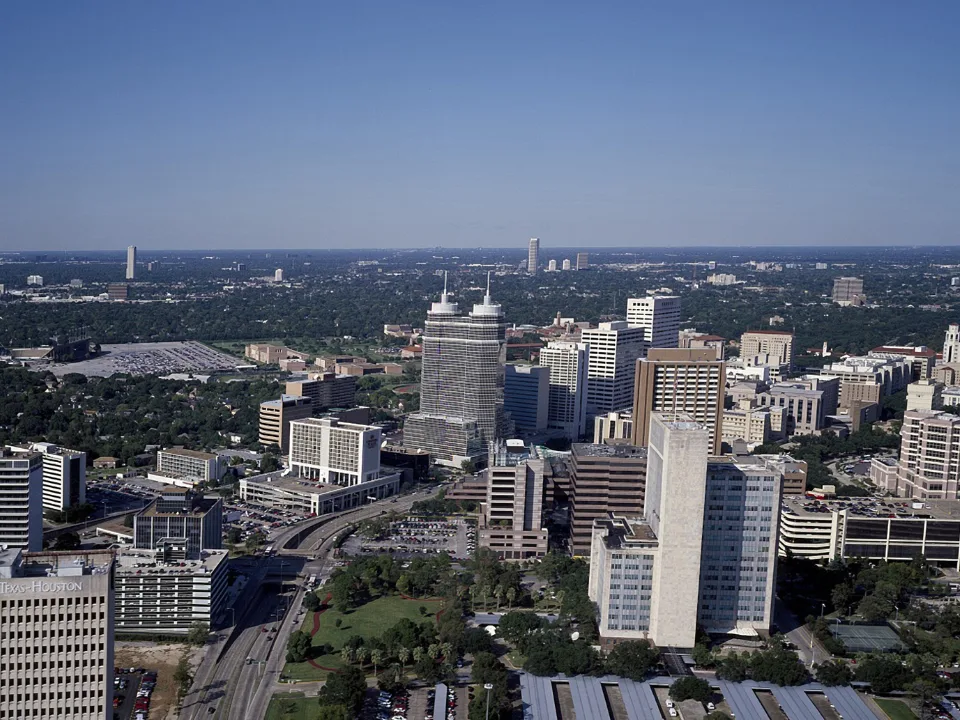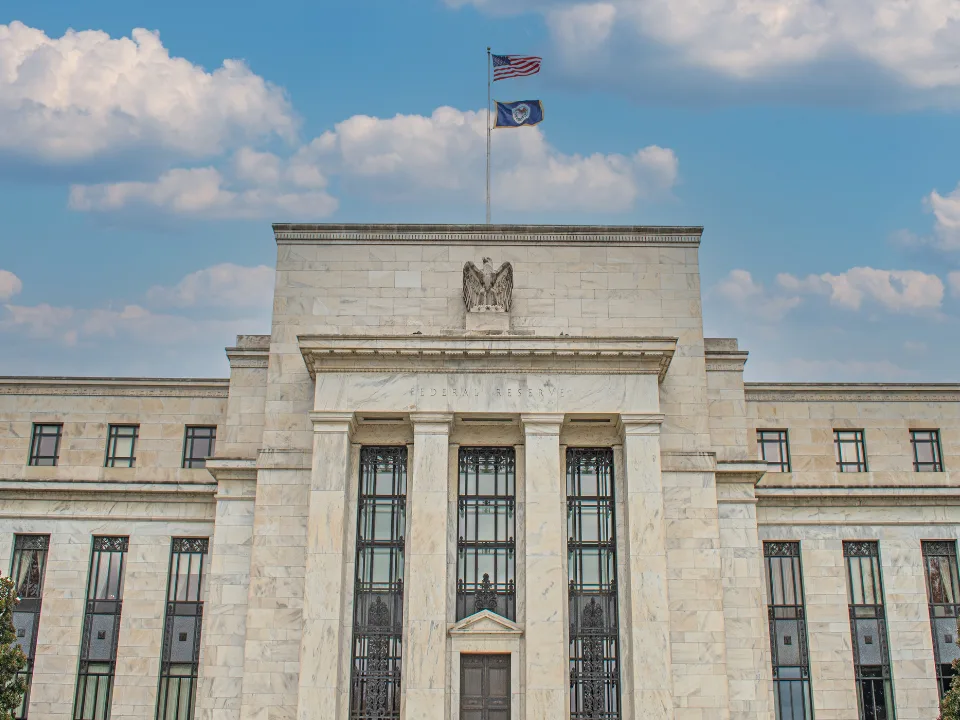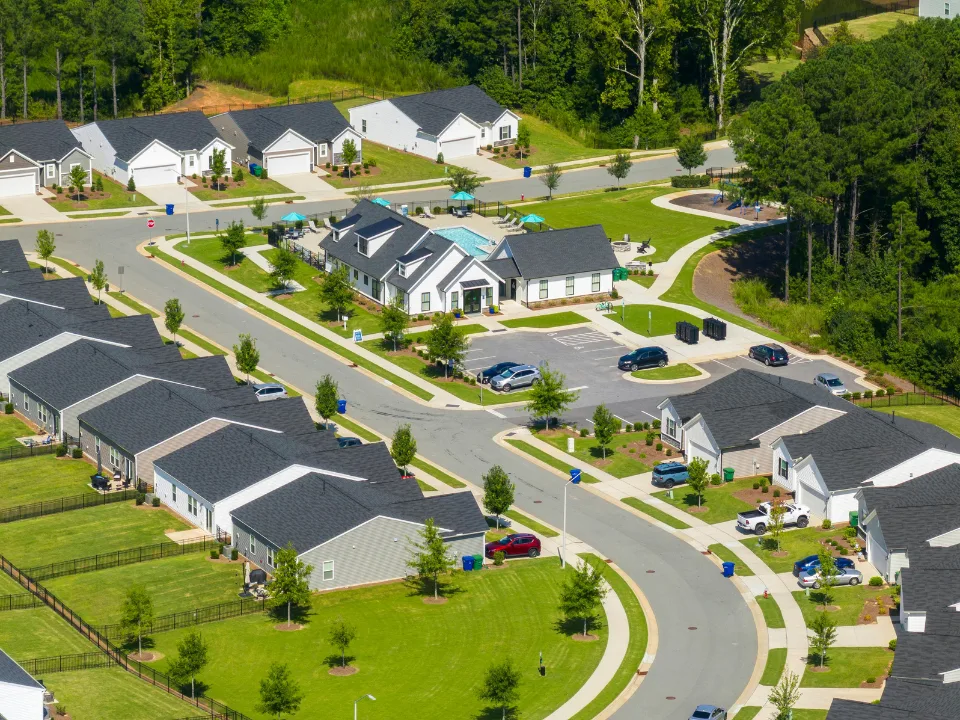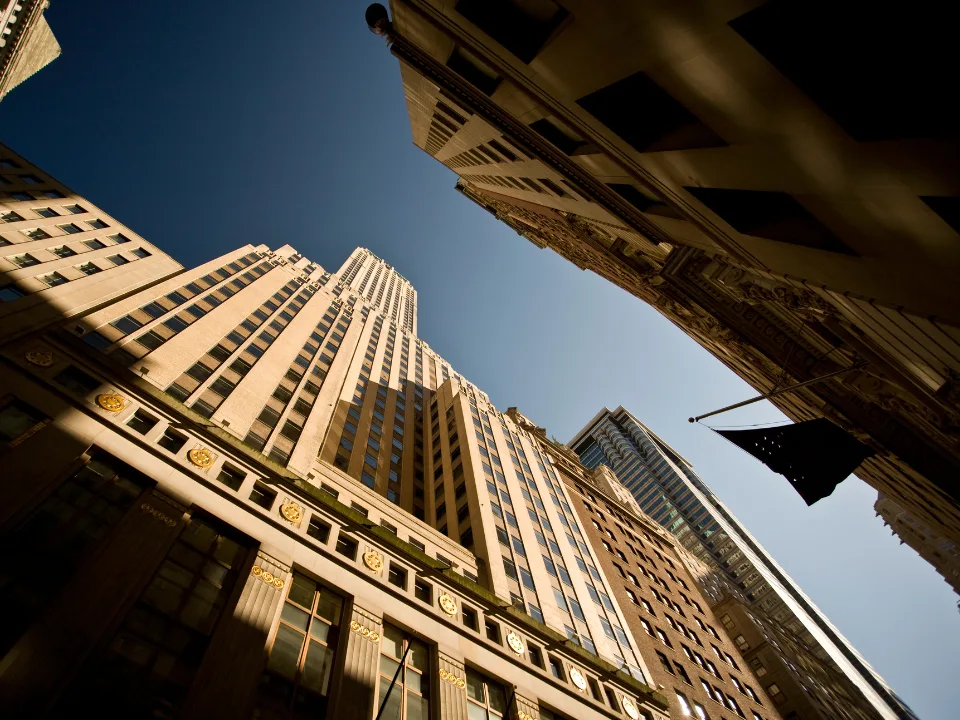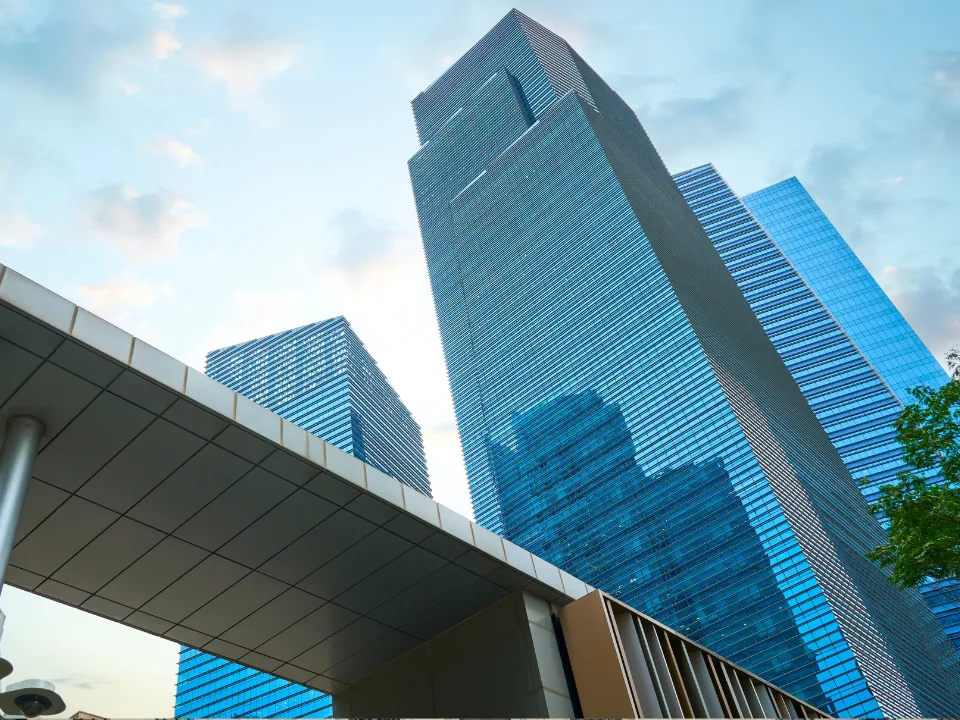- The Fed’s renovation budget jumped from $1.9B to $2.5B, driven by underground water issues, hazardous materials, and federal design mandates.
- Major cost factors include asbestos and lead removal, high groundwater, historic preservation, and blast-resistant upgrades.
- Critics, including former President Trump, argue the self-funded Fed lacks spending oversight. The Fed says the project will save money long-term.
A Costly Overhaul in the Capital
According to the WSJ, the ongoing Fed renovation focuses on modernizing its two main buildings in Washington, D.C.—the Marriner S. Eccles Building and 1951 Constitution Avenue. Originally estimated at $1.9B in 2023, the price has climbed to $2.5B. Officials blame rising material costs, site complications, and mandated design changes.
Critics have seized on the rising costs. Former President Trump, frustrated by the Fed’s slow pace in cutting interest rates, visited the site this week and accused Fed Chair Jerome Powell of overspending.
What’s Behind the Price Surge
Several complex factors pushed up the costs:
- Difficult Site Conditions: The buildings sit on land once part of the Potomac River. Builders encountered higher-than-expected groundwater levels, which required deep wells to drain.
- Hazardous Materials: Crews had to remove asbestos and lead contamination, which increased labor and disposal costs.
- Historic Rules: Federal preservation laws limited design flexibility. Because of D.C.’s height restrictions, workers had to build expensive underground space instead of going up.
- Design Revisions: Federal arts and planning commissions rejected modern materials like glass. They asked for marble to match the original 1930s design.
- Security Requirements: New blast-resistant windows and reinforced infrastructure added to the bill.
Get Smarter about what matters in CRE
Stay ahead of trends in commercial real estate with CRE Daily – the free newsletter delivering everything you need to start your day in just 5-minutes
Political Blowback Grows
The Fed’s independence means it operates outside Congress’s annual budget process. That has drawn fire from critics who argue the central bank spends too freely. Some say it didn’t fully weigh the renovation’s complexity or optics.
Former President Trump and Republican lawmakers have turned the $2.5B figure into a rallying point. They say the Fed’s spending is out of touch, especially while Americans face high interest rates.
In response, the Fed canceled other capital projects to offset the added costs. Officials say the renovation will consolidate staff and end the need to rent expensive office space elsewhere.
Why It Matters
Historic renovations often run into surprises, especially with outdated blueprints and environmental hazards. Still, the Fed renovation’s high profile and cost have made it a symbol of broader concerns about transparency at the central bank.
Chair Powell defended the effort last month, saying the upgrades were overdue and necessary. He noted that few want to tackle this kind of project while in office—but delaying it would only raise future costs.
The Bigger Picture
Nonresidential construction costs have jumped 41% since 2019, according to Mortenson. That trend affects federal and private projects alike. But the Fed’s $2.5B renovation—financed without taxpayer input—has struck a political nerve.
With construction set to finish in 2027, the debate over how the Fed spends its money will likely continue well beyond the ribbon-cutting.


